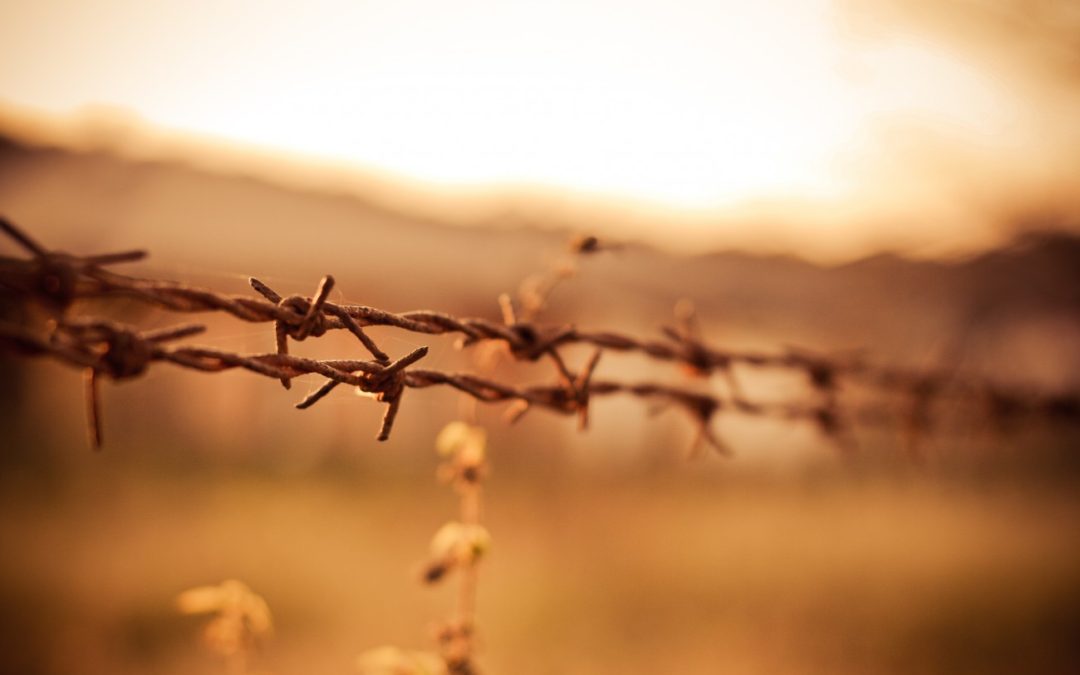I have been thinking a lot about adversity lately. Is it good? Is it to be avoided? What happens when we don’t have enough or have too much? I grew up thinking, like many others, that nirvana or a state of bliss is a challenge/struggle free existence. We work hard while we are young so we can retire and sit on a beach when we are older. Unfortunately, many recently retired people that left successful and rewarding careers often become bored and depressed in their new “blissful” state. Society has misled us into pursuing a hedonistic lifestyle built on maximizing pleasure at the expense of purpose. Ancient philosophers to modern researchers have proclaimed that hedonism is not the right path to happiness. This is proven everyday by the miserable unhappy lives of many famous movie stars. In fact, you may know many people that are wealthy but not that happy. We have an innate need for challenge – a need to find meaningful work. This challenge has to have an optimal level of difficulty that matches one’s skill level in order to increase our well-being. Too much challenge for the level of ability results in anxiety, discomfort and frustration. On the other hand, too little stress for the ability level can cause boredom, depression and unhappiness. Perhaps even worse, this lack of adequate challenge very often results in the creation of stress or worry on trivial matters in an effort to fill this intrinsic need.
For many of us, life has simply become too easy. We consume far greater calories than we expend on a daily basis. We spend more time watching tv than we do in actual conversations with our family or in reading books. We outsource our food to restaurants. We outsource our physical labor to contractors and lawn care companies. We outsource our kids to teachers and coaches. We outsource our money to financial planners. Most of us spend the majority of our days either sleeping or sitting behind a desk. We don’t have much to complain or worry about. And yet we still do. I am not suggesting that we all return to farms to grow all of our food and work from sunrise to sunset (although I am attracted to the simplicity and effort of that type of lifestyle). What I am suggesting, however, is that we all try to find a little more adversity and challenge in our daily lives. Let’s not try to satisfy our every whim. Let’s not fear every little bit of discomfort. Let’s not desire a struggle free existence. Let’s not try to protect our kids from ever feeling sad, disappointed or angry. Struggles are important for all of us to experience. Think back to your own life and the most rewarding experiences. It is very likely that these experiences occurred after some period of adversity or challenge. Kids in particular need to learn to deal with loss, struggle and setbacks. If they have everything given to them, they have no sense of achievement or gratitude. Not only does this prevent them from becoming resilient, it causes them to be unhappy. This has been called the “under-privilege of privilege” and it is an epidemic among upper middle class and wealthy families. Interestingly, studies have shown that affluent kids have less feelings of being in the zone or “flow” in their lives (which correlates with happiness) – mainly because of too many structured activities, not enough challenge and less interesting time with parents.
So what can be done? How can we better understand the relationship between struggles and ultimate happiness? To answer these questions, we need to explore the concept of “grit”. Grit, defined as firmness of mind and spirit in the face of hardship, is strongly correlated with achievement, purpose, and happiness. Research at the Duckworth Lab at the University of Pennsylvania’s Positive Psychology Center has established the predictive power of grit, over and beyond measures of talent, for objectively measured success outcomes. For instance, in prospective longitudinal studies, grit predicts surviving the arduous first summer of training at West Point, reaching the final rounds of the National Spelling Bee, retention in the U.S. Special Forces, and graduation from Chicago public high schools, over and beyond domain-relevant talent measures such as IQ, SAT or standardized achievement test scores, and physical fitness. In cross-sectional studies, grit correlates with lifetime educational attainment and, inversely, lifetime career changes and divorce. Given the importance of grit in the ultimate success of our children, we need to use adversity as opportunities to develop grit in ourselves and our children. We can create challenges (and struggles) through “stretch” goals for ourselves and our children. These are goals that have a 50% chance of success. Big hairy audacious goals (BHAG). What is your BHAG? Do you want to write a book? Do you want to raise your batting average to .300? Are you trying to become a starter on the team? Do you want to go back to school to start a new career? We all need these goals. They teach us how to live with a purpose. They teach us how to fail and keep going. They make us more resilient. Ultimately, they make us happier. For many families, we need to focus on the creation of these types of goals in order to introduce adversity into our children’s lives. We need to stop trying to prepare the path for the child but rather start to prepare the child for the path (however rocky that may be). Often, life provides an additional amount of struggle and challenge; whether it is dealing with a friend no longer being nice, striking out with bases loaded, or studying and not getting the “A”. These daily experiences are also important to the self esteem, resilience and happiness for our kids. We need to reframe these obstacles as opportunities for growth. We need to stop trying to run from them but instead run toward them. Face them head on with a cool head and a compassionate heart. These obstacles are the way forward. So embrace them, become grittier and remember that adversity is underrated.

